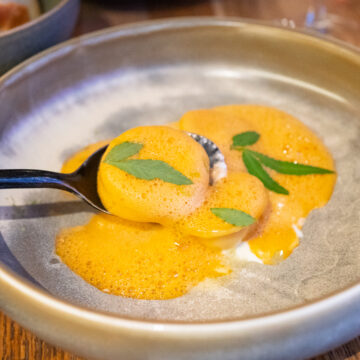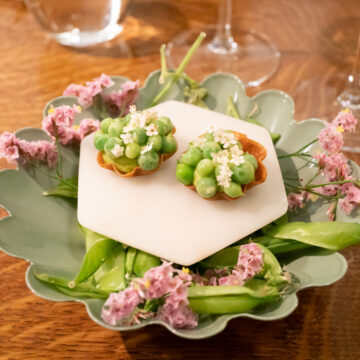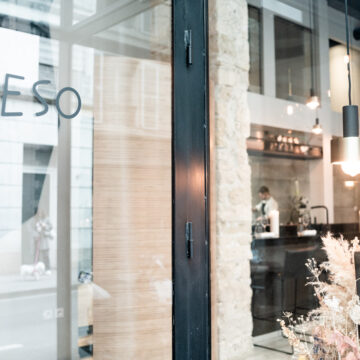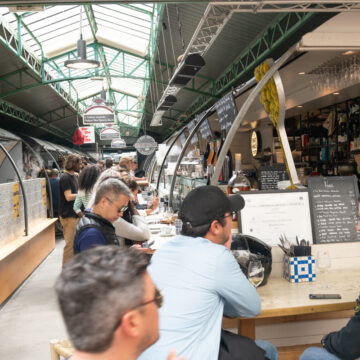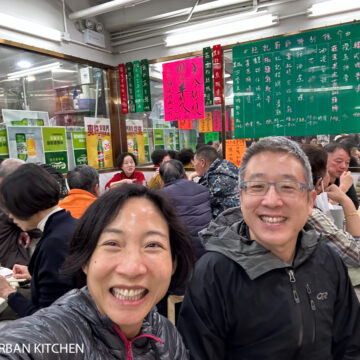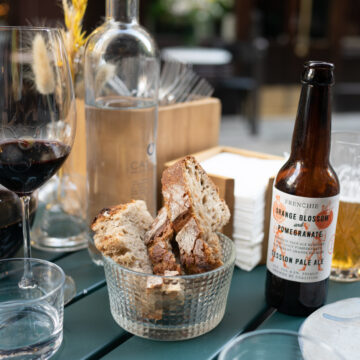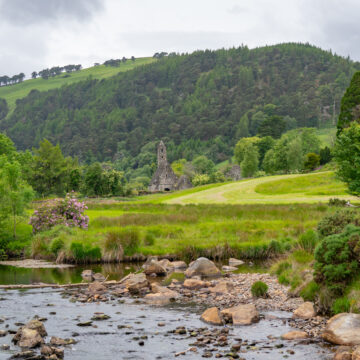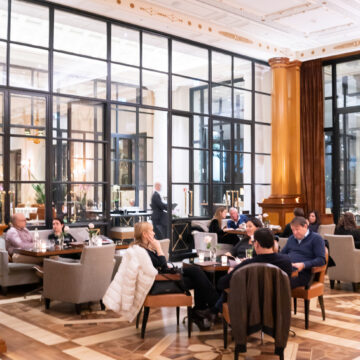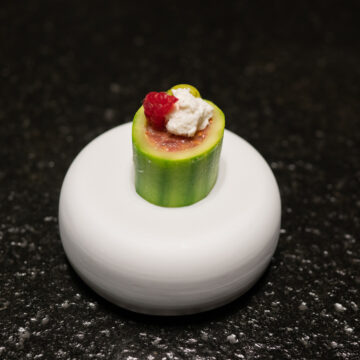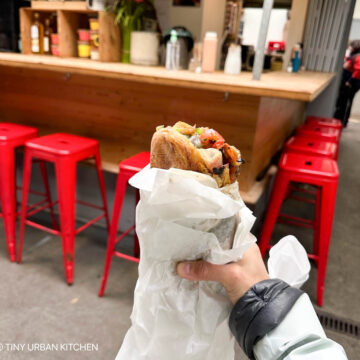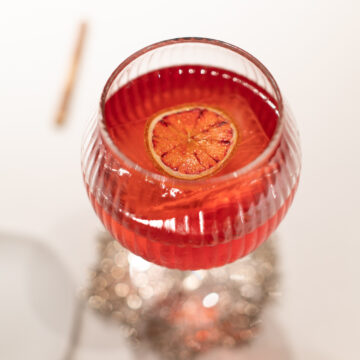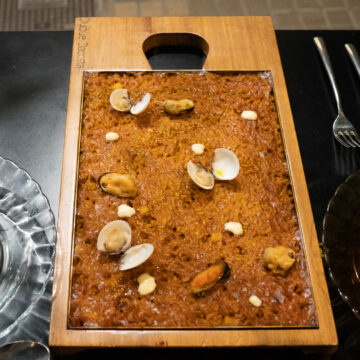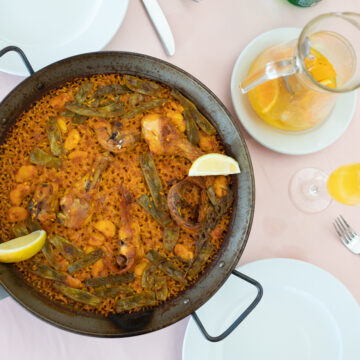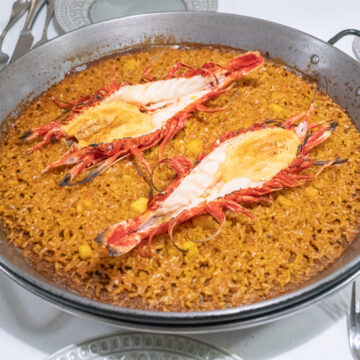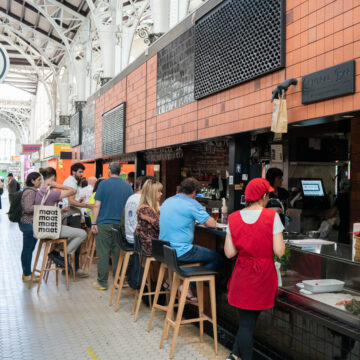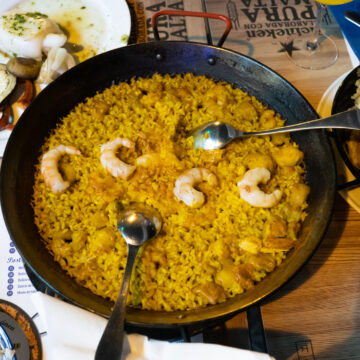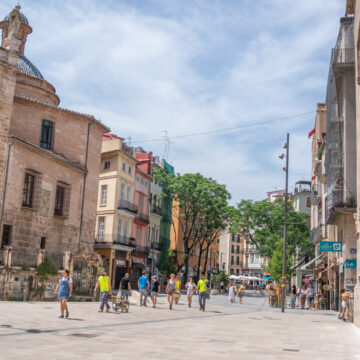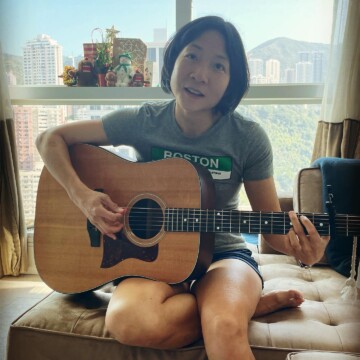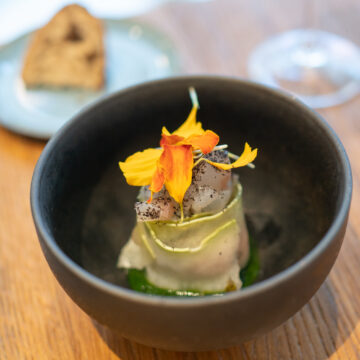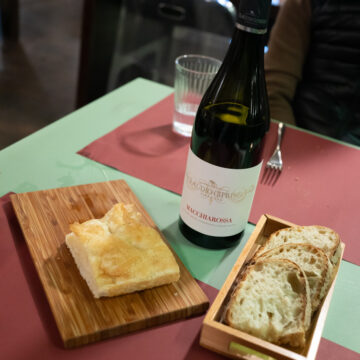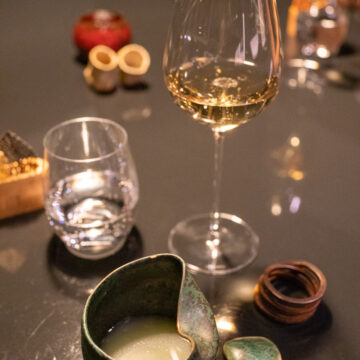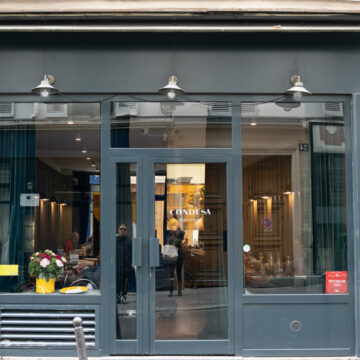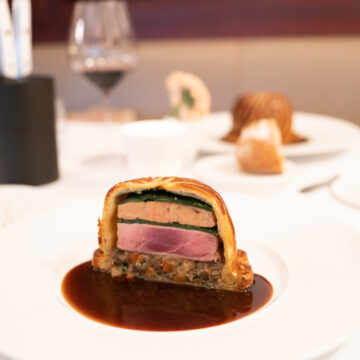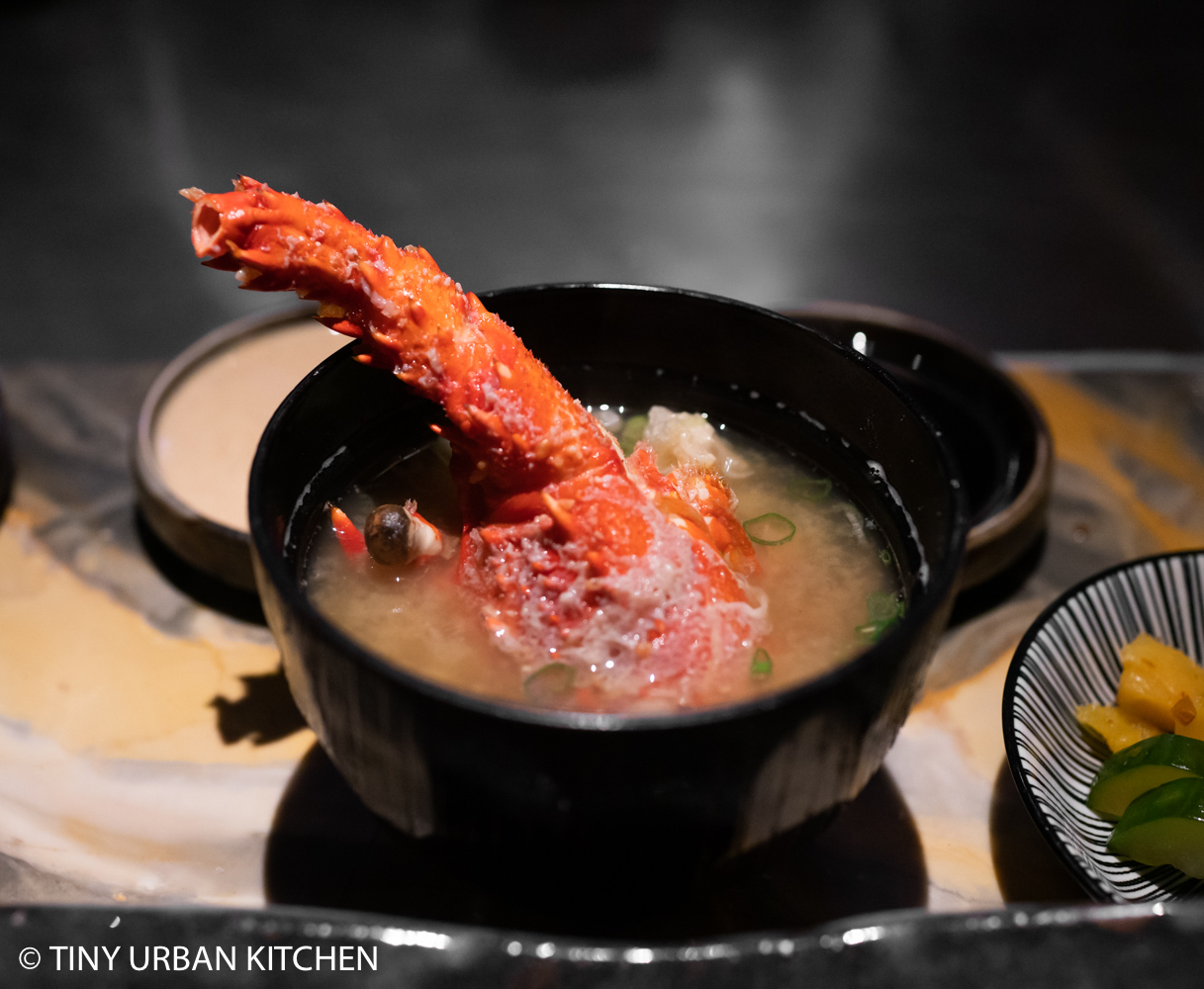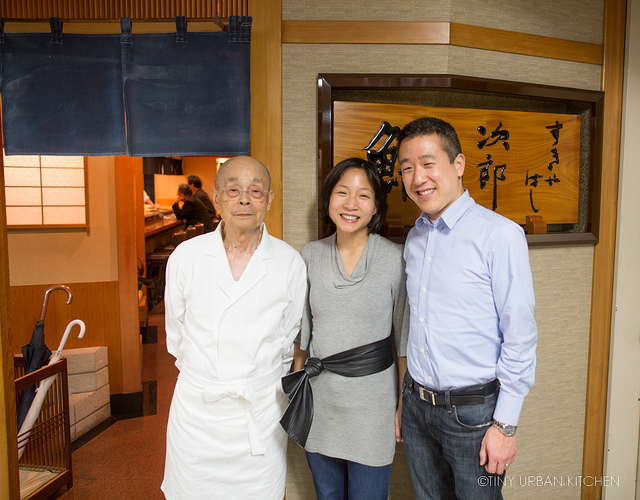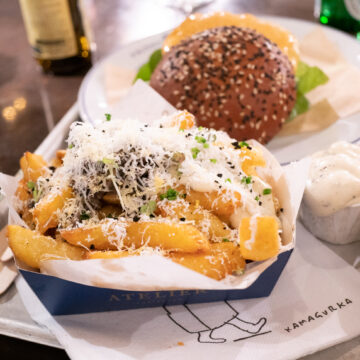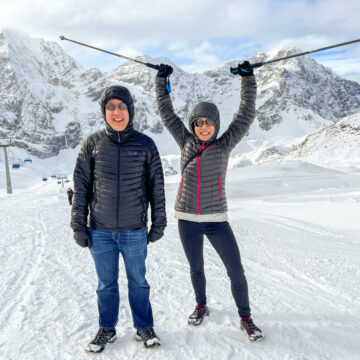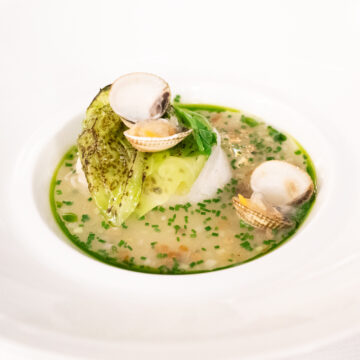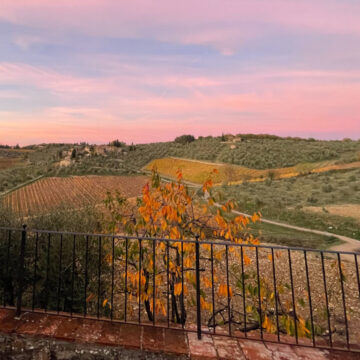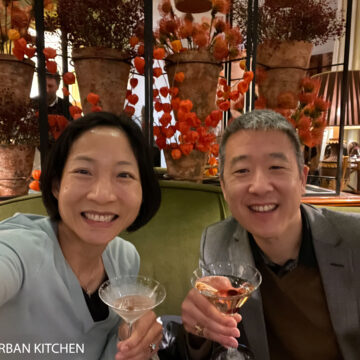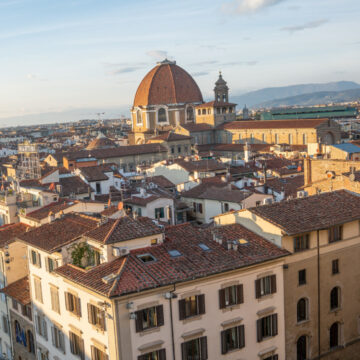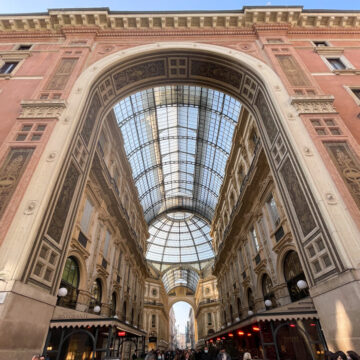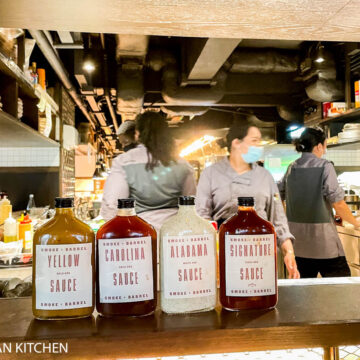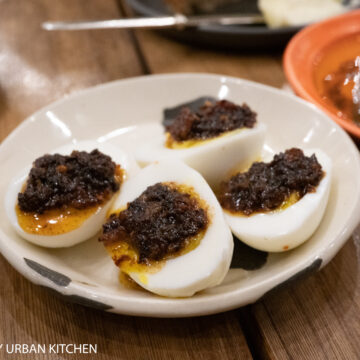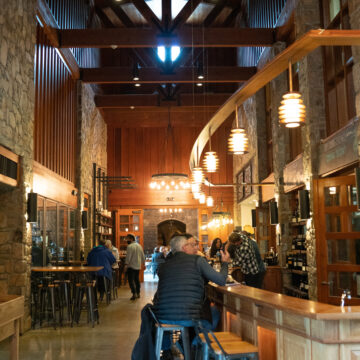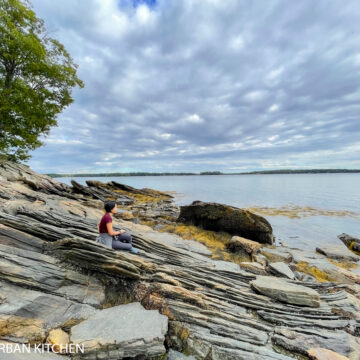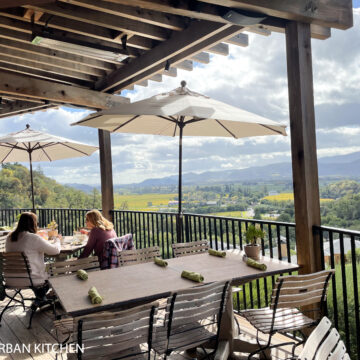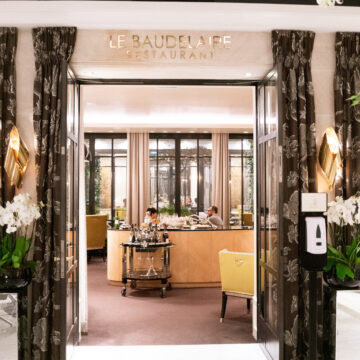Restaurant Virtus Paris
NE/SO Paris (Neso Paris)
Les Enfants du Marche Paris
Wong Kee Restaurant 旺記打冷小菜館
Frenchie Wine Bar (Frenchie Bar à Vins)
Dublin Ireland Trip Report
Palazzo Parigi Milan, Italy
Ricard Camarena Valencia Spain
chez Alain Miam Miam - Best sandwich in Paris France
La Salita Valencia Spain
El Poblet Valencia Spain -2 Michelin Stars
MercatBar by Quique Dacosta - Valencia
La Pepica Waterfront Paella - Valencia
Llisa Negra Valencia Spain
Central Bar by Ricard Camarena - Valencia Spain
Casa Ripoll Valencia - Beachside Paella
Valencia Spain Trip Report - Itinerary
Stuck in Quarantine (Song)
VerTige Brussels
La Cucina dei Frigoriferi Milanesi - Milan
Hélène Darroze Paris
La Condesa Paris
Brussels Favorites "That Pithivier Place" (Restaurant Bozar) and More
Crown Super Deluxe Teppanyaki Hong Kong
Updated: Jen's Japan Recommendations
Frites Atelier - Best Fries in Brussels
A Week in the Italian Alps - Solda /Sulden
Restaurant Pages Paris
Day Trip to Chianti Classico Region
Il Palagio - Florence, Italy
Birthday Weekend in Florence, Italy
2 Days in Milan, Italy
Jinny's Pizzeria Newton
Smoke & Barrel Hong Kong
Valley Bar + Bottle Sonoma California
Robert Sinskey Winery
Weekend Trip to Portland and Freeport Maine
The Bistro at Auberge du Soleil
Le Baudelaire - Paris France
- « Previous Page
- 1
- 2
- 3
- 4
- 5
- 6
- …
- 49
- Next Page »

